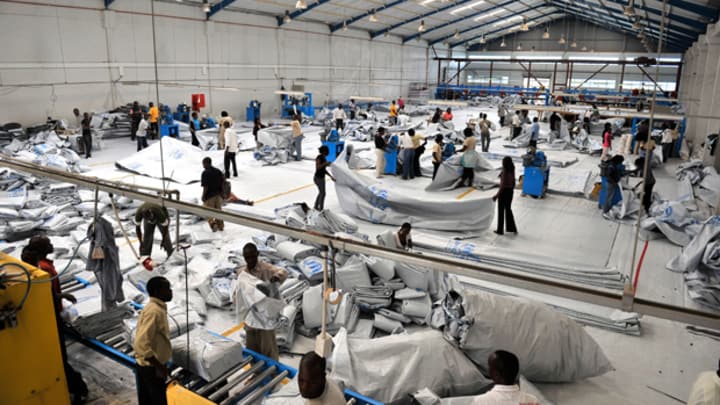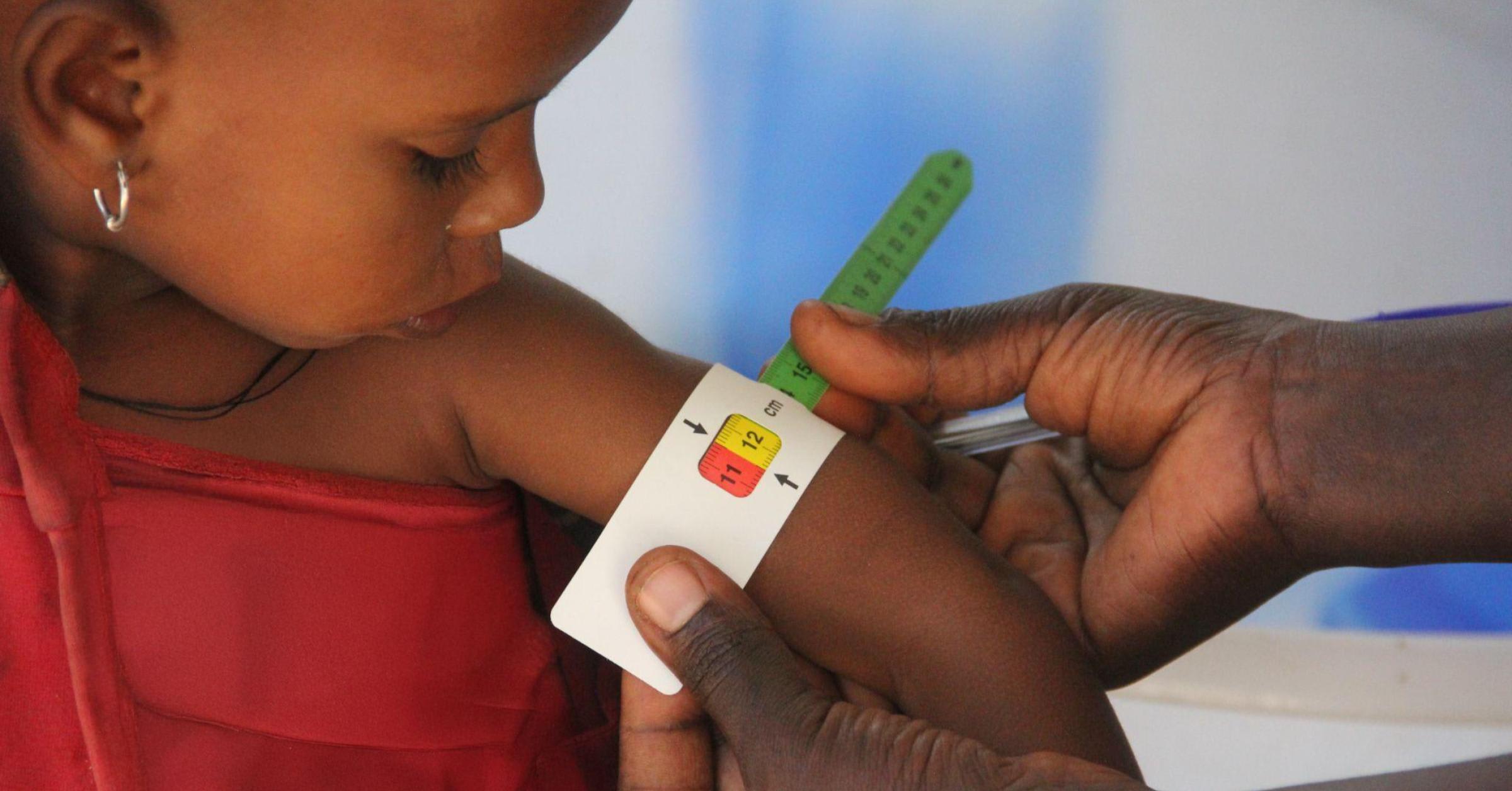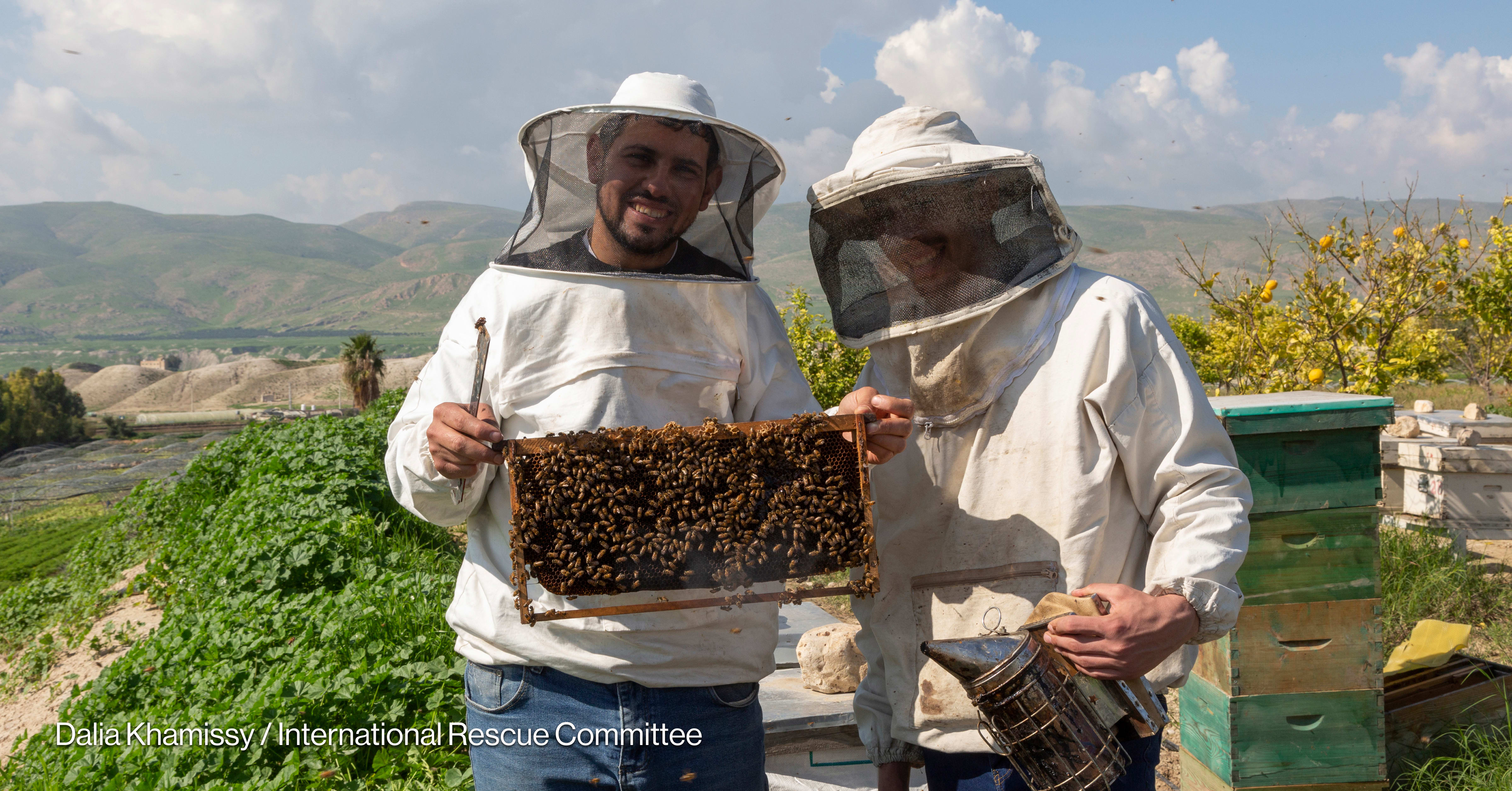
As shrinking budgets and shifting priorities force traditional aid donors to tighten their purse strings, the discussions on the post-2015 development agenda are rightly full of questions about how to harness the financial clout and expertise of the private sector in a responsible way.
In a recent report, U.K.-based think tank Development Initiatives highlighted flexibility, speed and fewer conditions as some of the advantages private funding brings to humanitarian work. These qualities are often mirrored in other kinds of private sector activities, such as willingness by companies to share technological expertise or use local knowledge to pre-position themselves to respond quickly when disaster strikes.
We see this playing out all the time, whether it’s through Coca-Cola helping the Tanzanian government improve its supply chains for delivering medicine to remote parts of the country, or homegrown businesses such as Chia Biz helping to provide nutritious, cost-efficient and sustainable forms of food for malnourished families in Uganda.
Players like these often bring fresh expertise and plug the logistical gaps that governments or international agencies can’t always fill.
But why stop there?
As donors and aid agencies become more concerned about reducing their environmental footprint, many are starting to look beyond aid to see what kind of business model their suppliers are operating. This can only be a good thing, because it means they are getting to understand how the private sector works rather than viewing it as an arm’s length box-ticking exercise which needs to be completed as part of an ethical audit.
At Reltex, we make tarpaulins that aid providers can distribute as shelter to anyone who has been made homeless by a natural disaster or conflict. We used to operate from China but moved to Kenya because we wanted to reorganize the way our supply chain worked, as well as reduce our transport emissions. By doing this we cut our supply times from 65 days to less than a week because our model is also based on using regional hubs which we ship the finished tarpaulins to once they are ready — for instance, some of our tarpaulins were warehoused in Malaysia were used when Typhoon Haiyan hit the Philippines last year. We also run recycling plants for water and other waste material, which means we are energy independent and off-grid.
Going local meant we were also able to pioneer the employment model we wanted — one that was fair and met our workers’ needs. All our staff get two years of on-the-job training, two meals a day, pay that is 25 percent above the minimum wage and private health care. We now have a team of about 400 (with very little staff turnover), all are African and we even have seven refugees from the the Democratic Republic of Congo working in our factory.
And in case this all sounds a bit too much like peace, love and harmony, it’s been hard work and a huge leap of faith — both for us and our customers — at times. But our clients seem to like the way we do things because it’s in line with the principles that underpin what they do too.
We definitely shouldn’t underestimate how important it is for humanitarian and development players of all stripes to understand each other’s position. Nor should we underestimate how many really do. This is why it’s essential for customers, suppliers, donors and NGOs to meet and exchange ideas and knowledge as equals.
Over the past two to three years we’ve also seen some agencies start to coordinate their procurement activities to see whether they can get more efficiencies and better pricing if they work together. We’ve been lucky enough to be included in some of the meetings that have been co-run by UNHCR, the International Committee of the Red Cross, the U.K. Department for International Development and the International Federation of Red Cross and Red Crescent Societies. What’s been really helpful is that both sides get a much better sense early on not only of what’s needed but also of what can realistically be delivered. This helps to build trust but also avoids expensive mistakes or misunderstandings further down the line.
Following May’s meeting in Mexico on effective development cooperation, the buzz is still all about public-private partnerships, and rightly so. However, I hope we are not too far away from a time when we won’t look at these partnerships in such a binary way. When it comes to delivering humanitarian aid or fostering resilience, we’re definitely better when we work together.
Join the Devex community and access more in-depth analysis, breaking news and business advice — and a host of other services — on international development, humanitarian aid and global health.








